Why the royal wave is a nightmare for Prince Philips’ health
The Duke of Edinburgh's cousin reveals the nightly effect the official greeting was having on his body
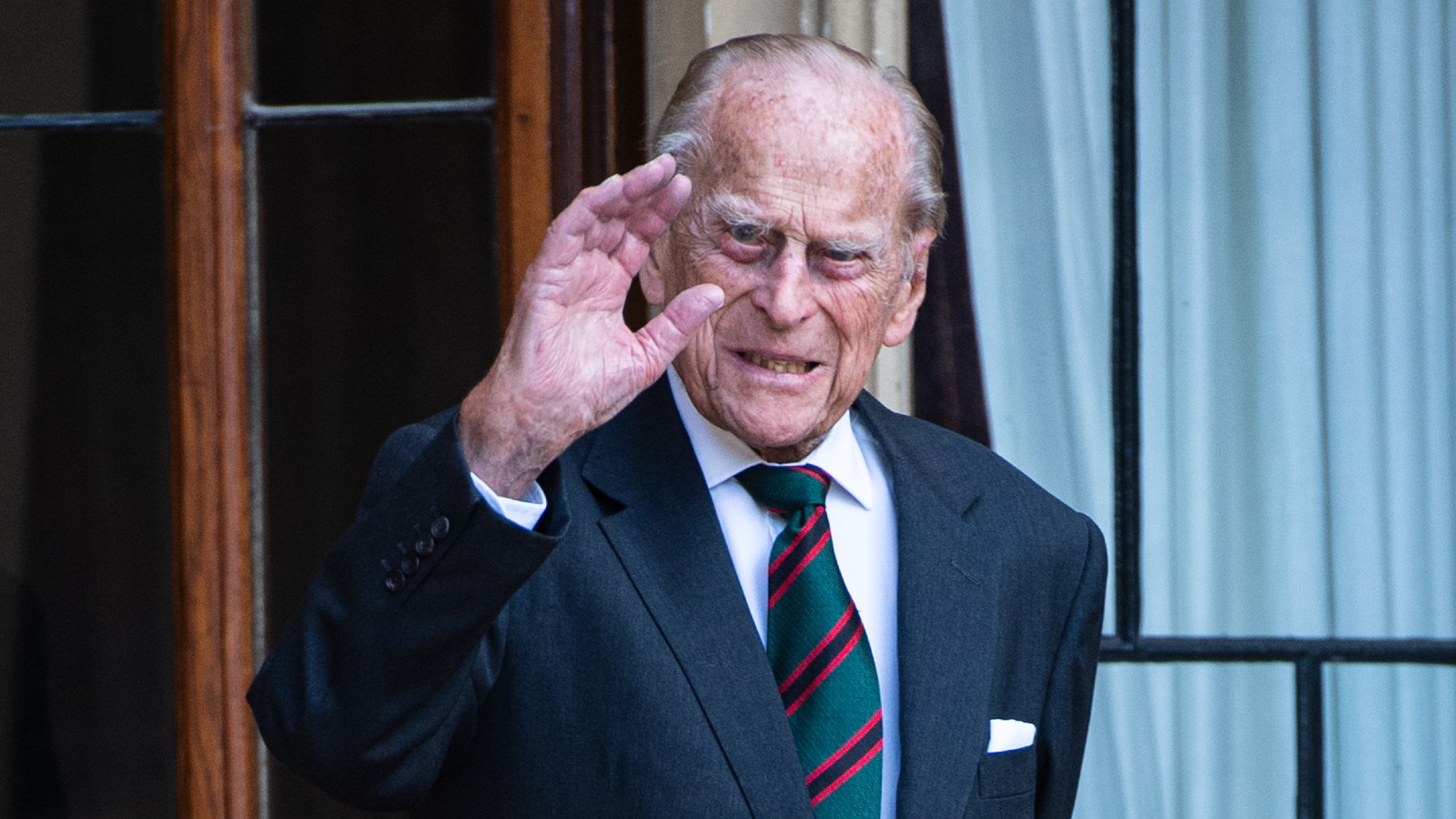

- Prince Philip's royal wave has caused havoc with his health it's been revealed
- The Duke of Edinburgh is said to 'loathe' the official greeting, according to his cousin Lady Pamela Hicks
- This royal news comes as The Queen and Prince Charles release stunning new photograph together celebrating spring
Prince Phillip, like many other members of the royal family including the Queen, must comply with giving a royal wave when he attended official public engagements. But the traditional greeting, which involves raising a hand and turning it from side to side, is said to have played havoc with his health over the years.
The Duke of Edinburgh stood next to the Queen on most of her national and international travel since she was first crowned in 1953 until his retirement in 2017.
And during every engagement, both he and the Queen would do the royal wave - which is described as 'a vertical hand with a slight twist from the wrist, a classy affair that oozes decorum but doesn't get too excitable.'
But while the Prince Philip royal wave is designed to help royals avoid wrist injuries and looks better than greeting the crowd with a jazz-hands style wave, it left him with a nightly dilemma that even the best pillows couldn't fix.
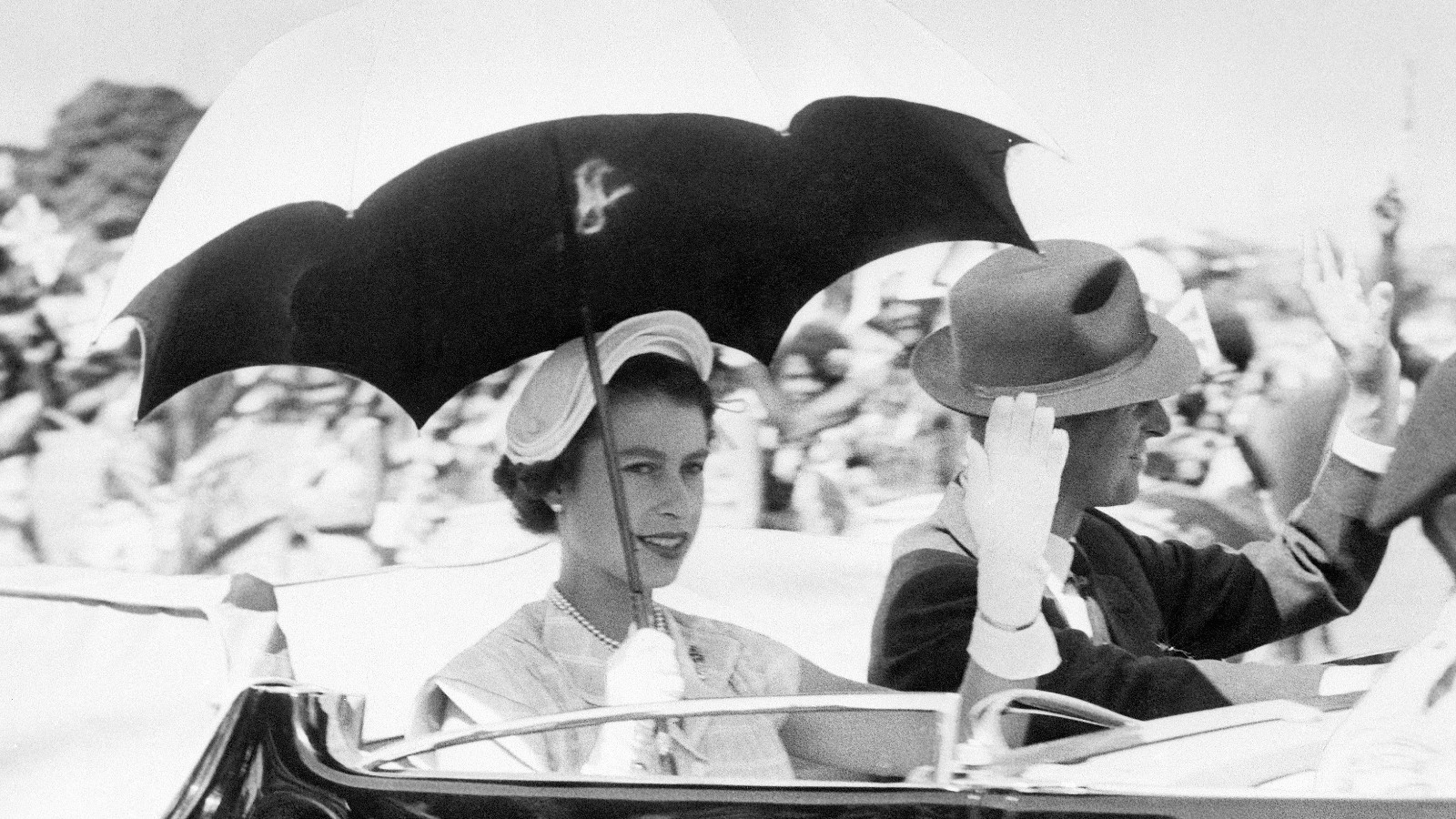
Speaking on the documentary My Years With the Queen, the Duke's cousin Lady Pamela Hicks, revealed he had developed a dislike for the so-called "royal wave." And she said the gesture had also evolved into an overnight issue for Philip, who returned home to Windsor last month following a heart operation.
Reading from the diaries she kept while accompanying the Queen on her tour of the Caribbean and Australia, she recalled, "Friday, January 1 - Philip and Lilibeth have to keep waving nearly all day long. She's developed tremendous muscles in her arms. Sitting still in the car, being yelled at and having to wave is the part of the tour Philip really loathes."
But during a conversation on screen with her daughter India, who is Prince Charles' goddaughter, she revealed the strange habit the Duke had been left with as a result of the Prince Philip royal wave frequency.
Sign up for the woman&home newsletter
Sign up to our free daily email for the latest royal and entertainment news, interesting opinion, expert advice on styling and beauty trends, and no-nonsense guides to the health and wellness questions you want answered.
She continued, "He always woke up with a very cold hand and wondered why and then he realized that in his sleep, he is waving."
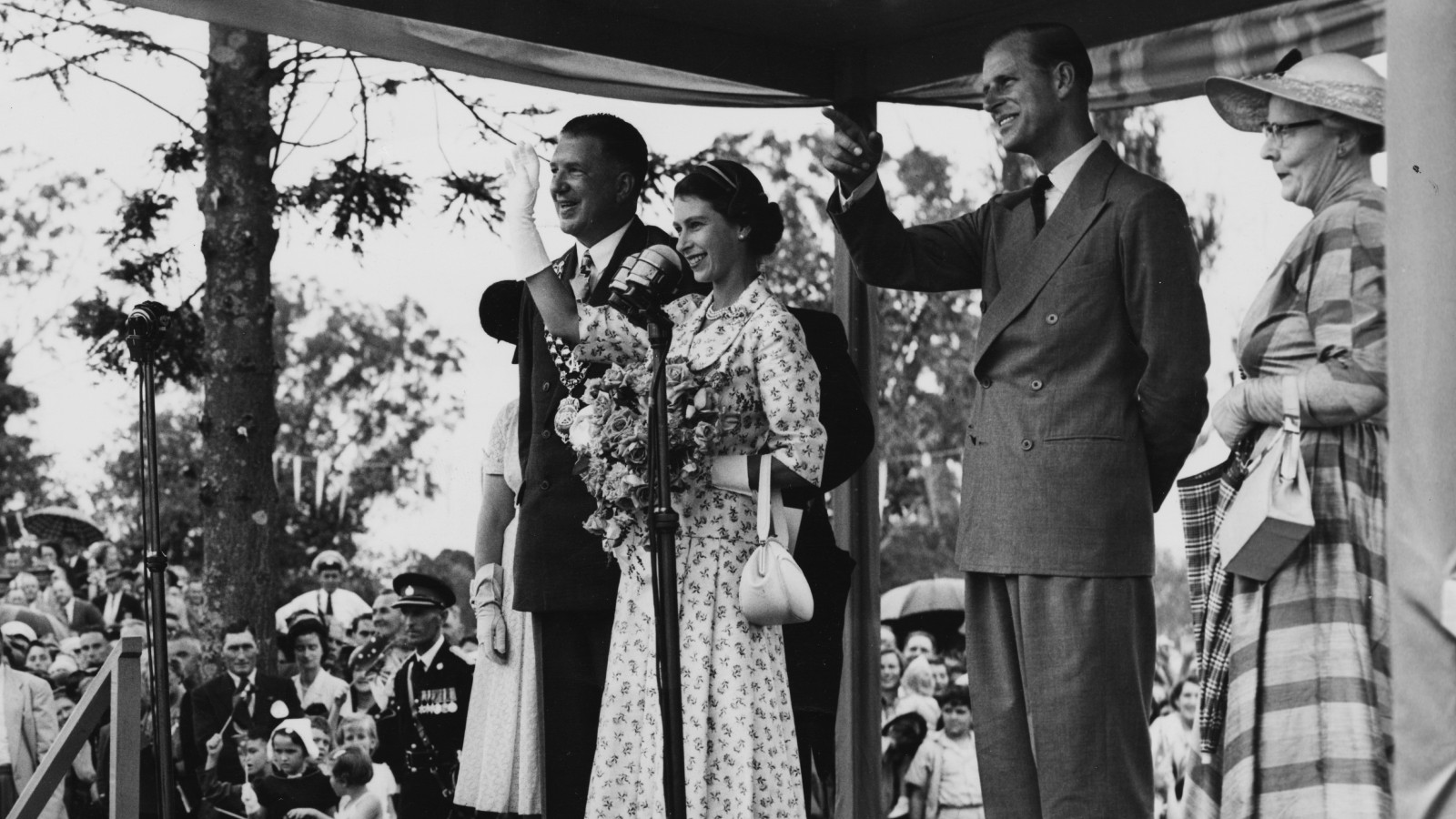
But the Prince Philip royal wave and its effects on his sleeping position could be causing him health issues.
Dr Raj Bhatia, consultant orthopaedic surgeon at Harley Hand & Wrist Clinic warned, "The action of waving is a complex movement controlled by a number of tendons crossing the wrist. By waving repetitively ‘tendonitis’ or inflammation of the tendons can develop. Tendonitis is characterised by pain, swelling, and a crackling sensation on the movement of the wrist."
While injuries like this are common in sportspeople who play tennis, golf, or baseball, they can also occur in people who perform repetitive movements during daily activities.
Dr. Bhatia, continued, "In the early or acute phase these symptoms will settle with rest, exercise and anti-inflammatory medication. Occasionally a steroid injection may be required. In the long-term chronic damage to the tendons caused by micro-tears can occur. We term this ’tendinosis’ and this is best treated with physiotherapy, principally eccentric muscle contraction exercises. Occasionally surgery may be required."
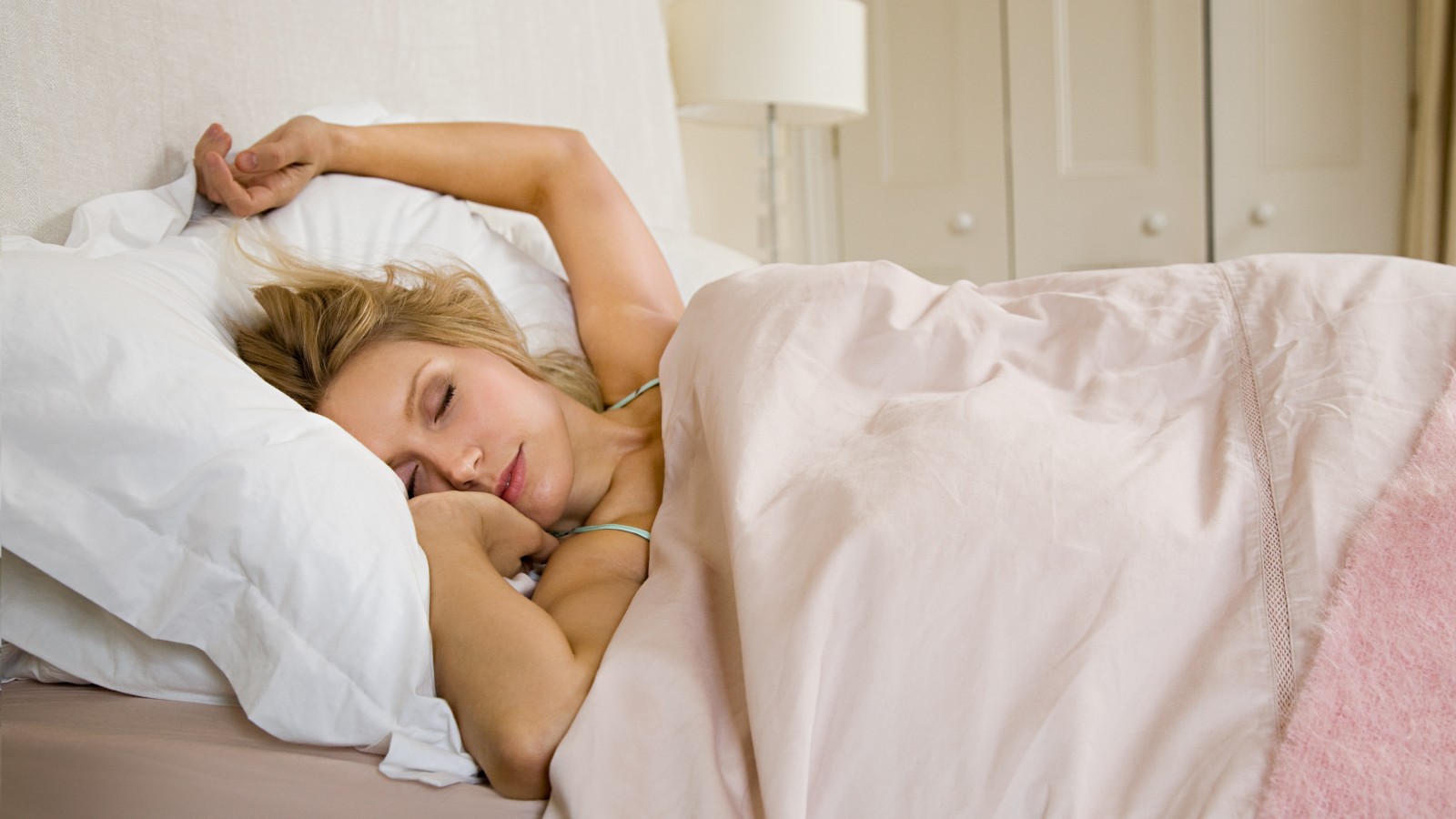
Another injury common with twisting the wrist, like in a royal wave action is De Quervain's tenosynovitis - experts state, "repetitive movements of the thumb and wrist, or a direct blow to the area, may irritate these tendons and cause them to swell, hindering their movement through the sheath and causing pain."
And according to a study by Michaud et al in 2000 individuals with arm restlessness tend to have more severe restless leg syndrome and poorer sleep quality as compared to those without them.
Approximately five percent of people sleep in the starfish position, but sleeping with both arms or one arm like Philip, can cause shoulder pain as the position puts pressure on the nerves in your upper back and might leave you with numbness and tingling in your arms and hands.
But there are some benefits to be had by waving, as it's one way of achieving beautiful hands. Young aristocrats used to hold their hands in the air while being driven to a fancy party. Why? it's claimed that by the time they arrived, the blood had drained down from their hands, which would be fashionably cool and pale for when they had shaken their hostess's hand. It also makes bulging veins look temporarily less prominent.
Selina is a Senior Entertainment Writer with more than 16 years of experience in newspapers and magazines. She has covered all things Entertainment for GoodtoKnow, Woman&Home and My Imperfect Life. She has also worked as Senior Family Writer for GoodtoKnow. Before joining Future Publishing, Selina graduated from the University of Sheffield in 2006 with a degree in Journalism. She is fully NCTJ and NCE qualified and has 100wpm shorthand.
-
 We're in awe of Sienna Miller's easy-going and 'piece-y' hairstyle and how perfect it is for spring
We're in awe of Sienna Miller's easy-going and 'piece-y' hairstyle and how perfect it is for springThis laid-back hairstyle is - quite literally - making waves this season
By Naomi Jamieson
-
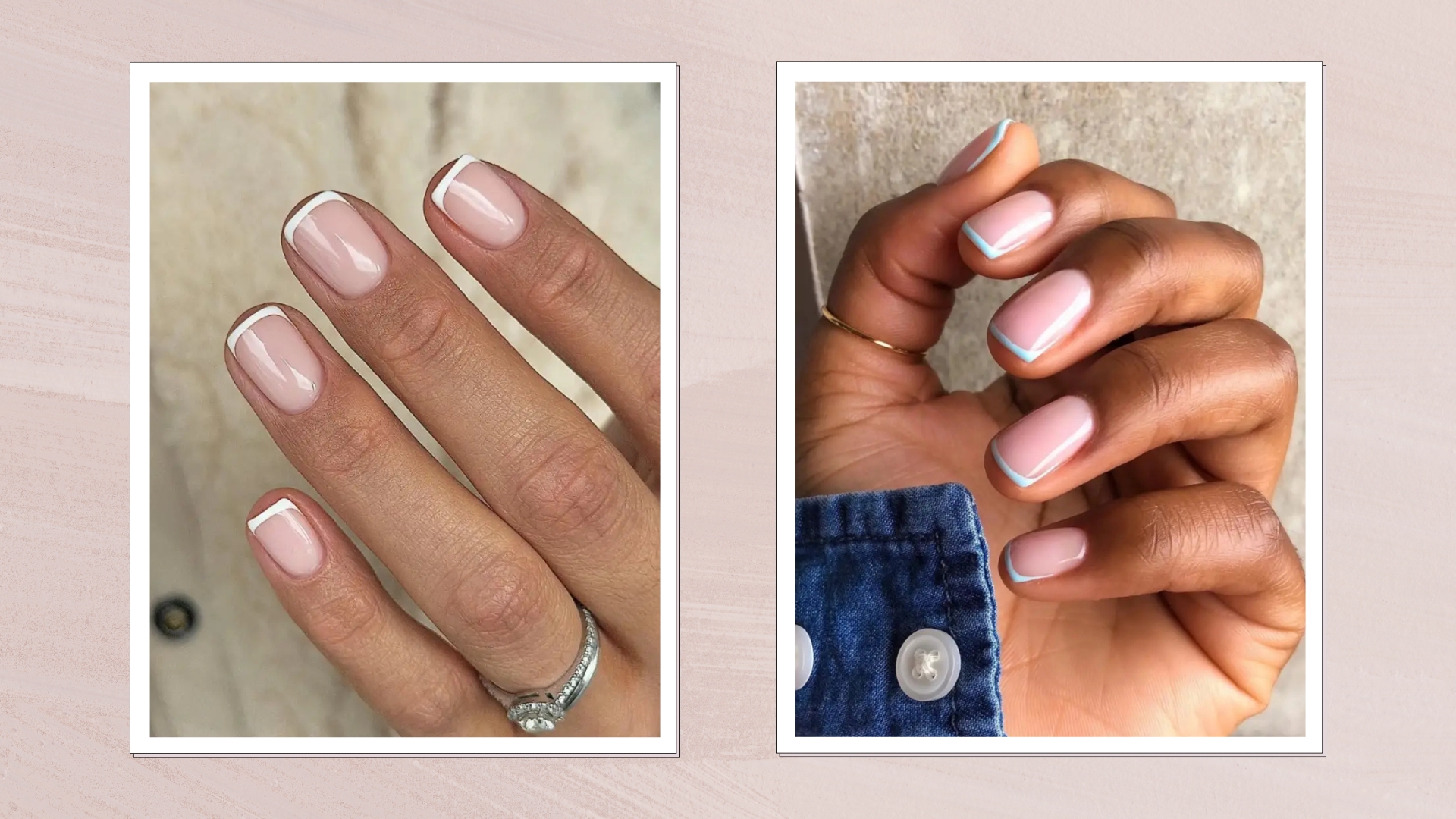 We never thought we'd see this 'dated' manicure make a chic comeback, but here it is - and we're on board
We never thought we'd see this 'dated' manicure make a chic comeback, but here it is - and we're on boardClean and angular, short square French tips are a go-to this season for a practical but stylish manicure...
By Naomi Jamieson
-
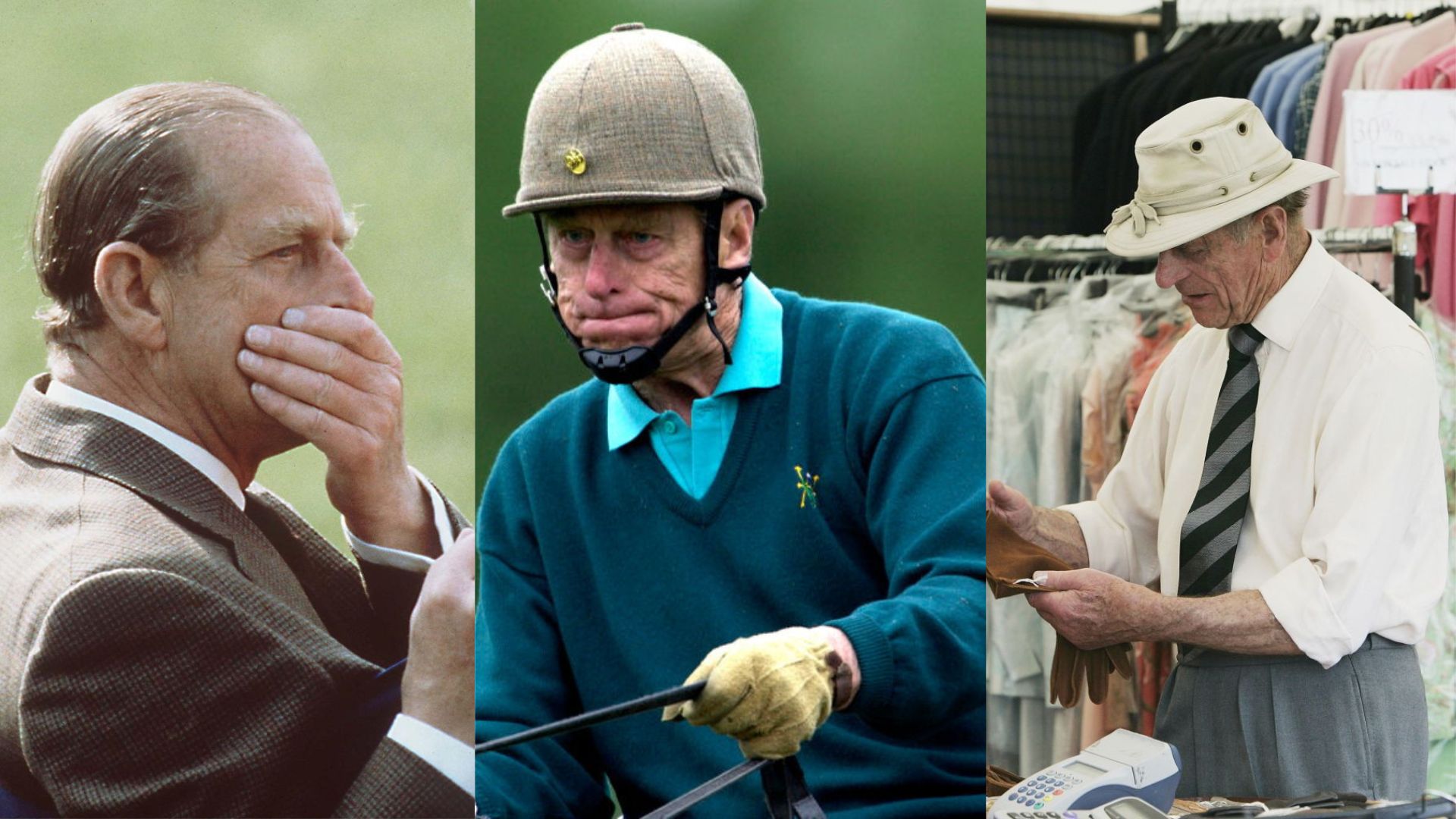 32 candid photos that capture the real Prince Philip - from having a belly laugh to meeting celebrities
32 candid photos that capture the real Prince Philip - from having a belly laugh to meeting celebritiesWe look back at some of Prince Philip's funniest (and most heartwarming) moments, from sharing a joke with other royals to getting very into sporting events
By Elena Kiratzi
-
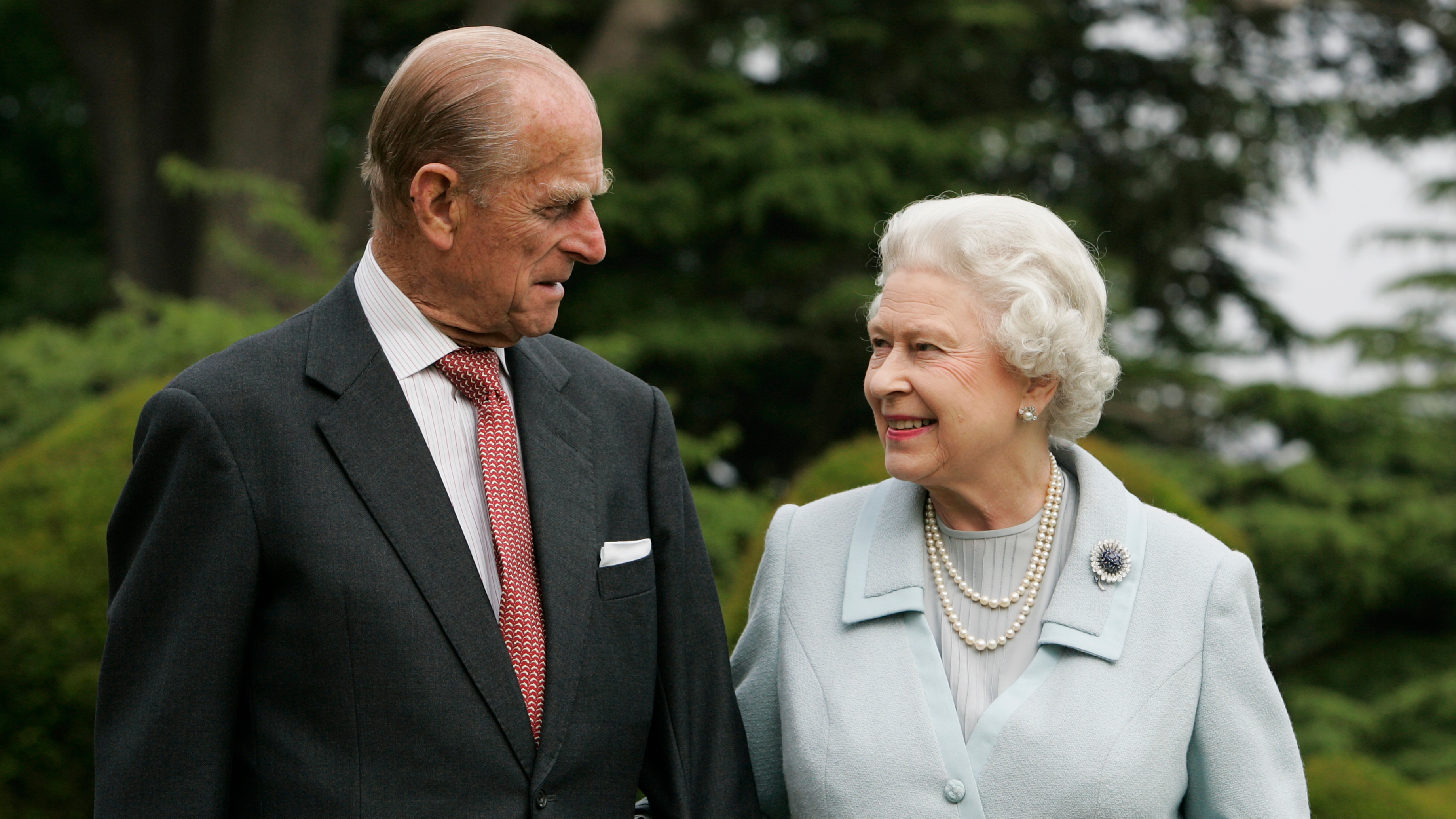 Queen Elizabeth and Prince Philip’s sleep divorce might sound radical but it’s right on trend today
Queen Elizabeth and Prince Philip’s sleep divorce might sound radical but it’s right on trend todayQueen Elizabeth and Prince Philip reportedly slept separately and this is said to be something the 'upper class' have 'always' done
By Emma Shacklock
-
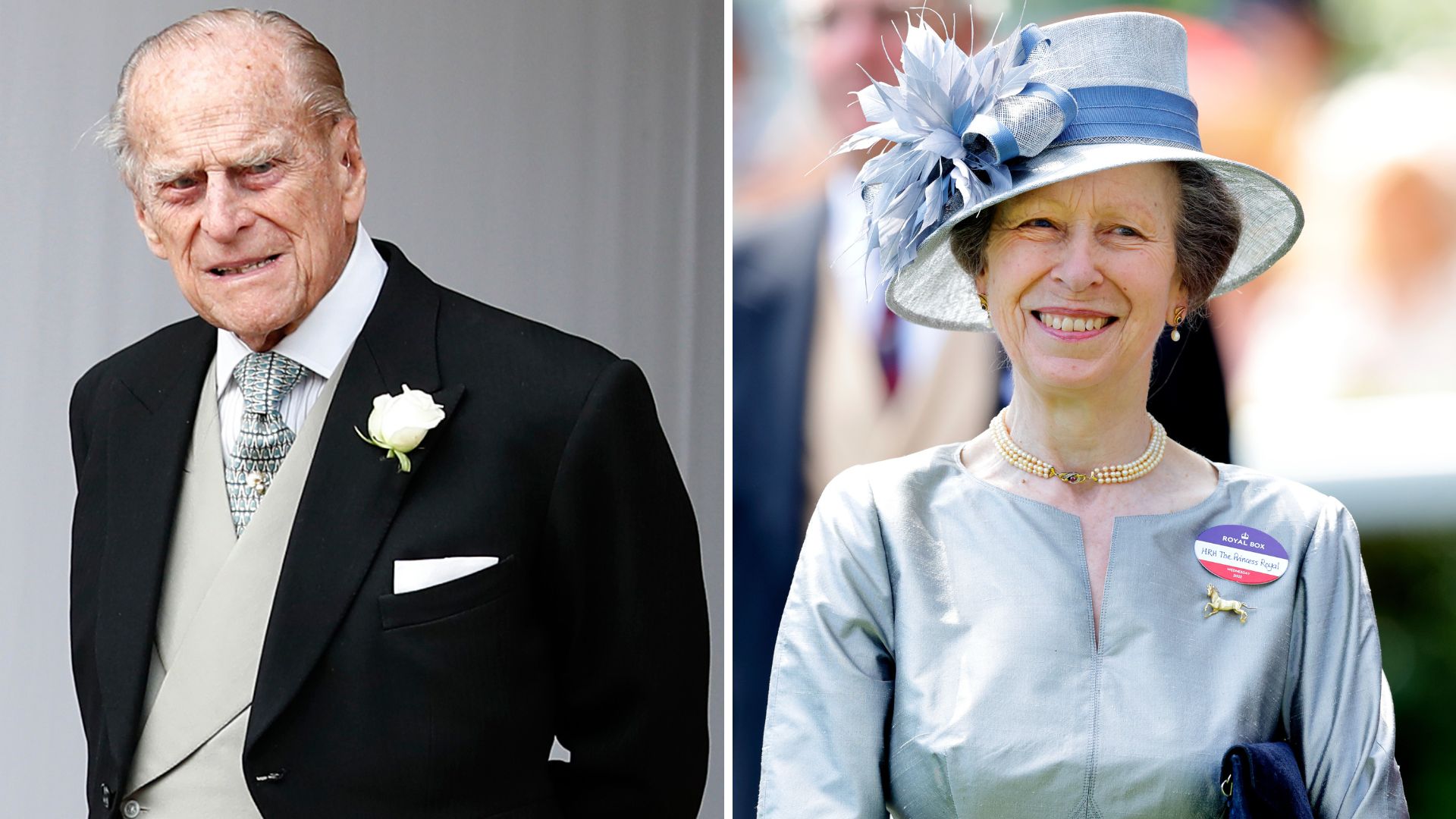 Prince Philip’s royal tradition Princess Anne chose to uphold with her children - but none of her brothers did!
Prince Philip’s royal tradition Princess Anne chose to uphold with her children - but none of her brothers did!Prince Philip’s royal tradition was something his sons chose not to continue with their children but Princess Anne's kids enjoyed it
By Emma Shacklock
-
 The sweet tradition Prince George, Princess Charlotte and their cousins might continue this year
The sweet tradition Prince George, Princess Charlotte and their cousins might continue this yearThe young royals could carry on a tradition that goes back to Prince Philip this summer
By Jack Slater
-
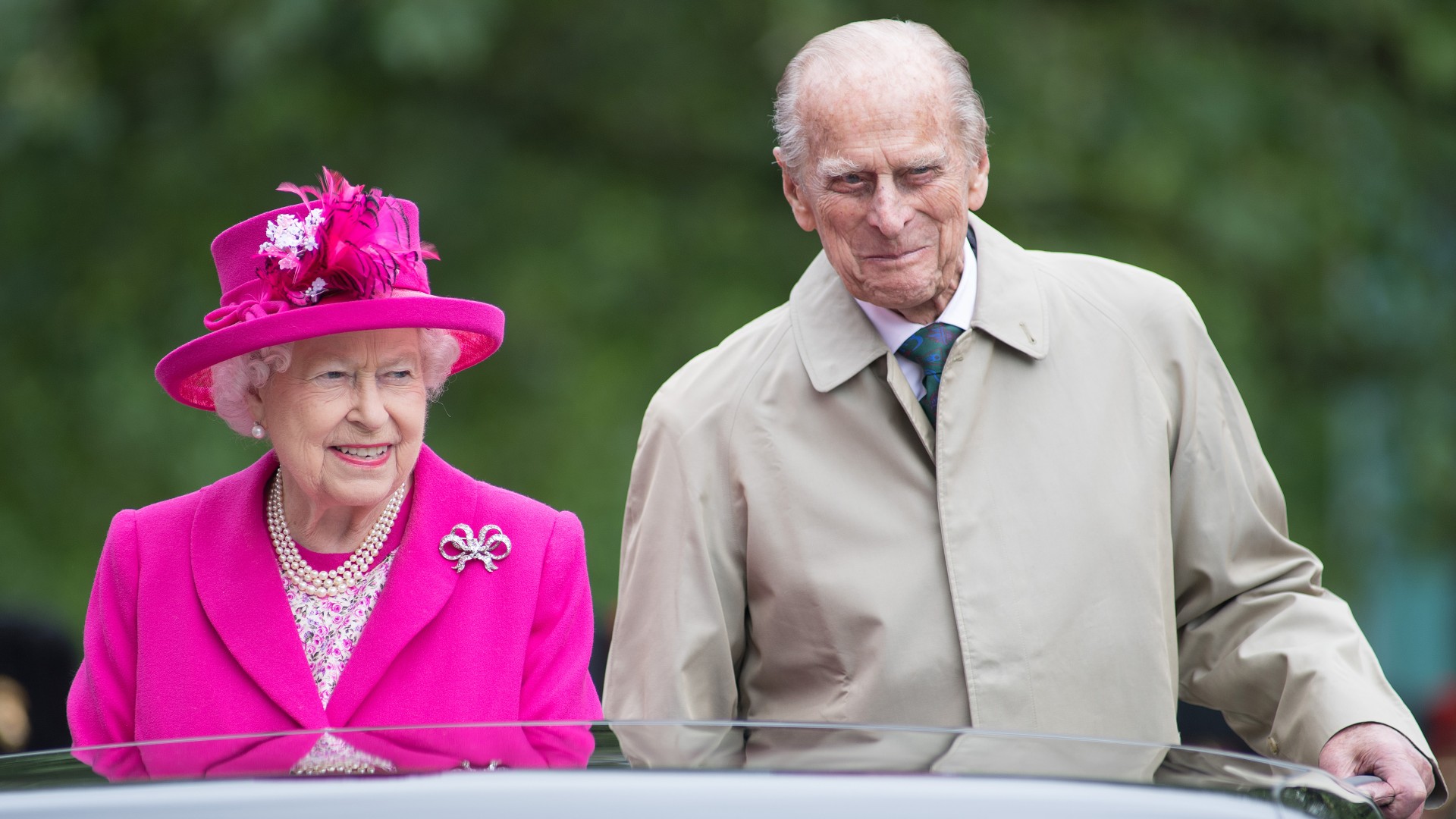 We love Queen Elizabeth II's sassy response to a rather rude remark reportedly made by Prince Philip
We love Queen Elizabeth II's sassy response to a rather rude remark reportedly made by Prince PhilipThe Queen was known for her quick wit
By Robyn Morris
-
 How George could follow in Charles's footsteps with special honor for little brother Prince Louis when he is King
How George could follow in Charles's footsteps with special honor for little brother Prince Louis when he is KingPrince George could follow in King Charles's footsteps and give his brother a special honor
By Caitlin Elliott
-
 August Brooksbank looks just like Prince Harry in latest sweet snap shared by Princess Eugenie
August Brooksbank looks just like Prince Harry in latest sweet snap shared by Princess EugeniePrincess Eugenie posted a sweet picture of her son August
By Robyn Morris
-
 Prince Harry and Meghan Markle were 'hoping' Buckingham Palace would announce Archie and Lilibet's new titles before they did
Prince Harry and Meghan Markle were 'hoping' Buckingham Palace would announce Archie and Lilibet's new titles before they didHarry and Meghan were reportedly hoping that the Palace would 'jump the gun' says royal expert
By Robyn Morris